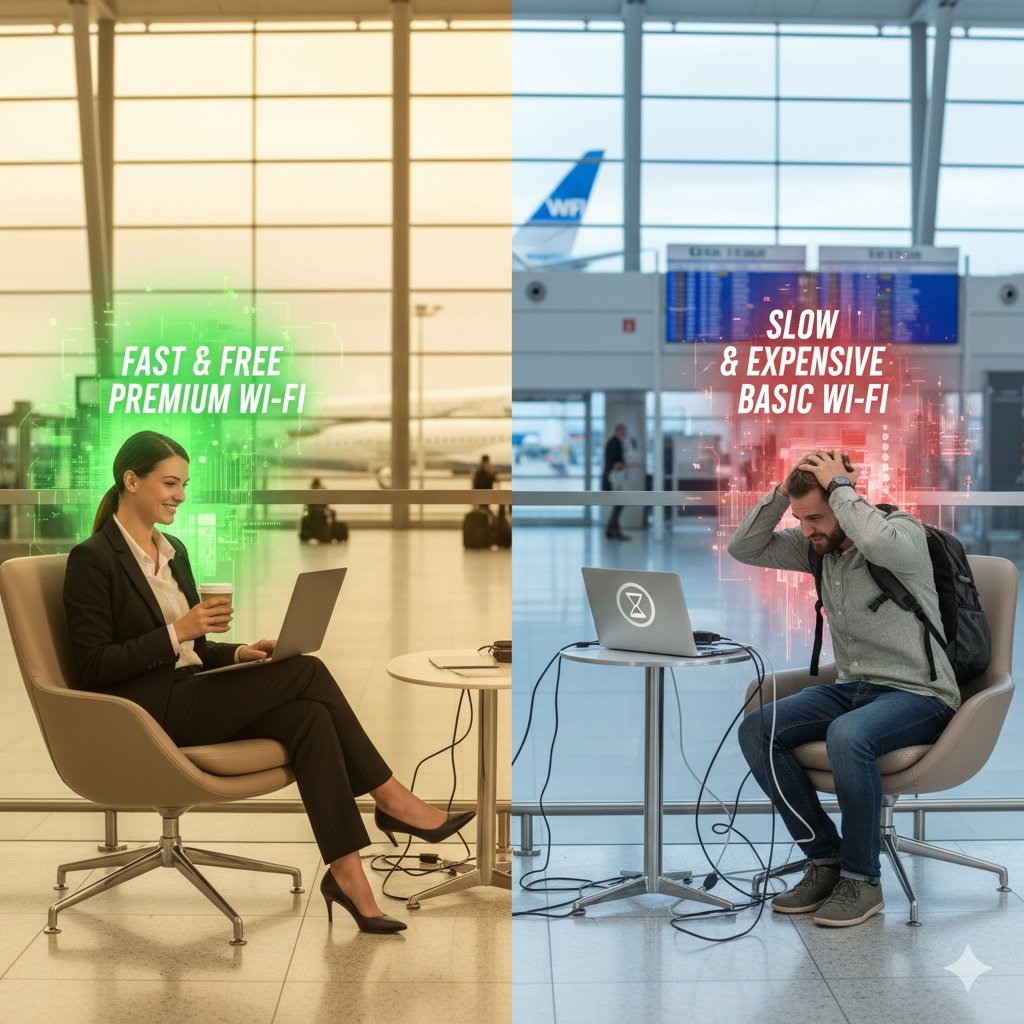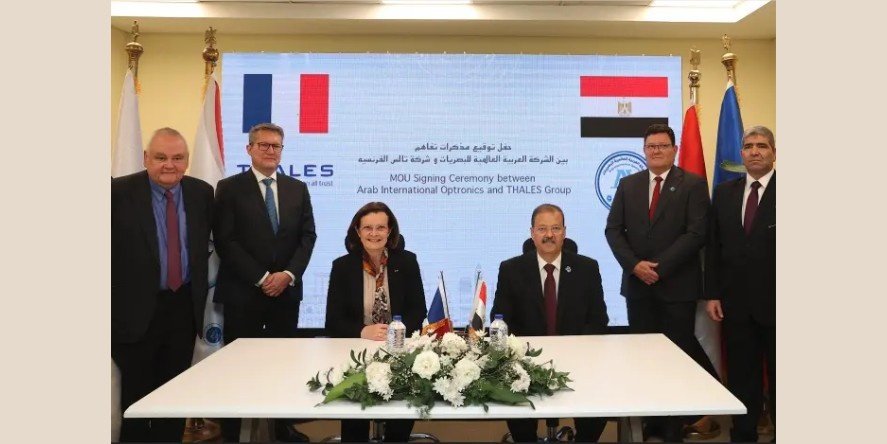DUBAI – A recent analysis by Ookla, covering Wi-Fi performance at major airports in the Middle East and Turkiye from January to August 2025, reveals a stark disparity in connectivity. The findings highlight a critical need for airports to invest in more consistent and robust digital infrastructure to meet the rising expectations of modern travelers.
King Khalid International Airport (RUH) in Riyadh emerged as the leader in public Wi-Fi with a top download speed of 86.34 Mbps. Meanwhile, Dubai International Airport (DXB) and Hamad International Airport (DOH)stood out for their exceptional upload speeds of 101.86 Mbps and 96.45 Mbps, respectively. These two airports were the only ones where upload speeds consistently outperformed download speeds, a significant indicator of advanced network design.
In contrast, airports in Turkiye, including Istanbul Airport (IST) and Sabiha Gokcen Airport (SAW), lagged behind, with SAW recording a dismal 9.69 Mbps download and 9.52 Mbps upload. Other airports like Sharjah (SHJ) and Muscat (MCT) also struggled, with download speeds below 30 Mbps.
The report also sheds light on the wide variations in Wi-Fi quality within airport lounges. While lounge Wi-Fi generally outperforms public networks, the performance is far from uniform. The largest performance gap was at IST, where the YOTEL lounge Wi-Fi hit 119.46 Mbps, compared to the public network’s slow 22.65 Mbps. Similarly, Riyadh’s Al Fursan Lounge delivered an impressive 120.5 Mbps, highlighting a significant premium for lounge access.
However, even within the same airport, speeds can vary drastically. In Riyadh, for example, the Al Fursan Lounge’s speeds dwarfed those of the Plaza Premium and HAYYAK lounges, which struggled to reach 22 Mbps. This fragmentation in service quality underscores a broader issue of inconsistent investment and management by individual lounge operators.
My Analysis: The Digital Footprint of a Global Hub
This Ookla report isn’t just a list of numbers; it’s a critical barometer for the digital competitiveness of airports in the Middle East and Turkiye. For these hubs, which serve as vital connectors for global travel, a reliable and fast internet connection is no longer a luxury—it’s a fundamental part of the passenger experience.
1. The “Upload Speed” Test 🚀 The standout performance of DXB and DOH in upload speeds is particularly telling. In today’s digital landscape, travelers are not just passive consumers of content; they are active creators and sharers. Whether it’s uploading a high-resolution video to social media, participating in a video call, or sending large work files, a high upload speed is essential. The fact that these two airports prioritize this metric suggests a forward-thinking strategy that understands the evolving behavior of their most lucrative customers—business travelers and digital nomads. This is a crucial point of differentiation and a competitive advantage in attracting high-value traffic.
2. The Lounge Paradox 🤯 The report’s findings on lounge Wi-Fi present a fascinating paradox. While premium lounges are expected to offer a superior experience, the vast disparities in speeds suggest that some operators are failing to deliver on this promise. A business traveler paying for lounge access to get work done will be sorely disappointed by a sub-22 Mbps connection, especially when a neighboring lounge offers a connection six times faster. This lack of consistency erodes customer loyalty and devalues the very purpose of a premium service. For airport authorities, this is a clear call to action to enforce minimum performance standards for all lounge operators to ensure a more uniform and reliable experience.
3. The Turkiye Connectivity Gap 📉 The poor performance of Istanbul’s airports, particularly Sabiha Gokcen, is a major concern. As key gateways connecting Europe and Asia, these hubs risk falling behind if they do not address their Wi-Fi infrastructure. A slow, unreliable connection can significantly impact the passenger experience, leading to frustration and potentially influencing future travel choices. The wide gap between IST’s public Wi-Fi and its top lounge Wi-Fi highlights a missed opportunity. Airport management should be working to elevate the public network to a standard that benefits all travelers, not just those with premium access.
4. A Wake-Up Call for Investment 💰 Ultimately, this report is a wake-up call for airport authorities and service providers. With international travel on the rise, a fast, stable, and secure internet connection is a major factor in passenger satisfaction and an airport’s overall brand reputation. Investing in Wi-Fi is no longer just about convenience; it’s a strategic move that can boost customer loyalty and provide a significant competitive edge in a crowded market.















